Lille is France’s 10th largest city and encompasses 95 municipalities, including Roubaix, famous for its velodrome and the finishing line of the “Hell of The North” – Paris to Roubaix – cycle race, which is conducted mainly over cobblestones. It’s also a place where the pace of life is significantly slower than Paris; where galleries and architecture can be enjoyed at a calmer tempo with more studied consideration, even on a strict 48-hour schedule. Here are the top arty places to visit on a whistle-stop tour of the city, starting from right outside Lille Metropole station as you exit the Eurostar.
The Tripostal – where art, music and performance collide
As its name suggests, Tripostal is a former mail sorting office turned cultural hub. Covering 2,000 sq m over three floors, it was originally built in the 1950s and has retained its open warehouse feel. A monolithic rectangular block in red brick, it’s a buzzing venue that opens solely for important shows with no permanent collection adding to its experimental allure. It was here, in 2008, that French fashion mogul François Pinault gave France its first glimpse of his rare contemporary art collection. Here too, the late Chanel legend, Karl Lagerfeld, chose to exhibit 350 of his own black and white portraits and couture inspired photographs offering a rare glimpse into the enigmatic designer’s world. As part of this year’s Lille3000 cultural take-over (see below), the Tripostal welcomes a huge array of works from Paris’ Pompidou Centre which is closed for renovation. On loan from April until November 2025, the exhibition is called “Pom Pom Pidou” to match the event’s lively Fiesta theme.
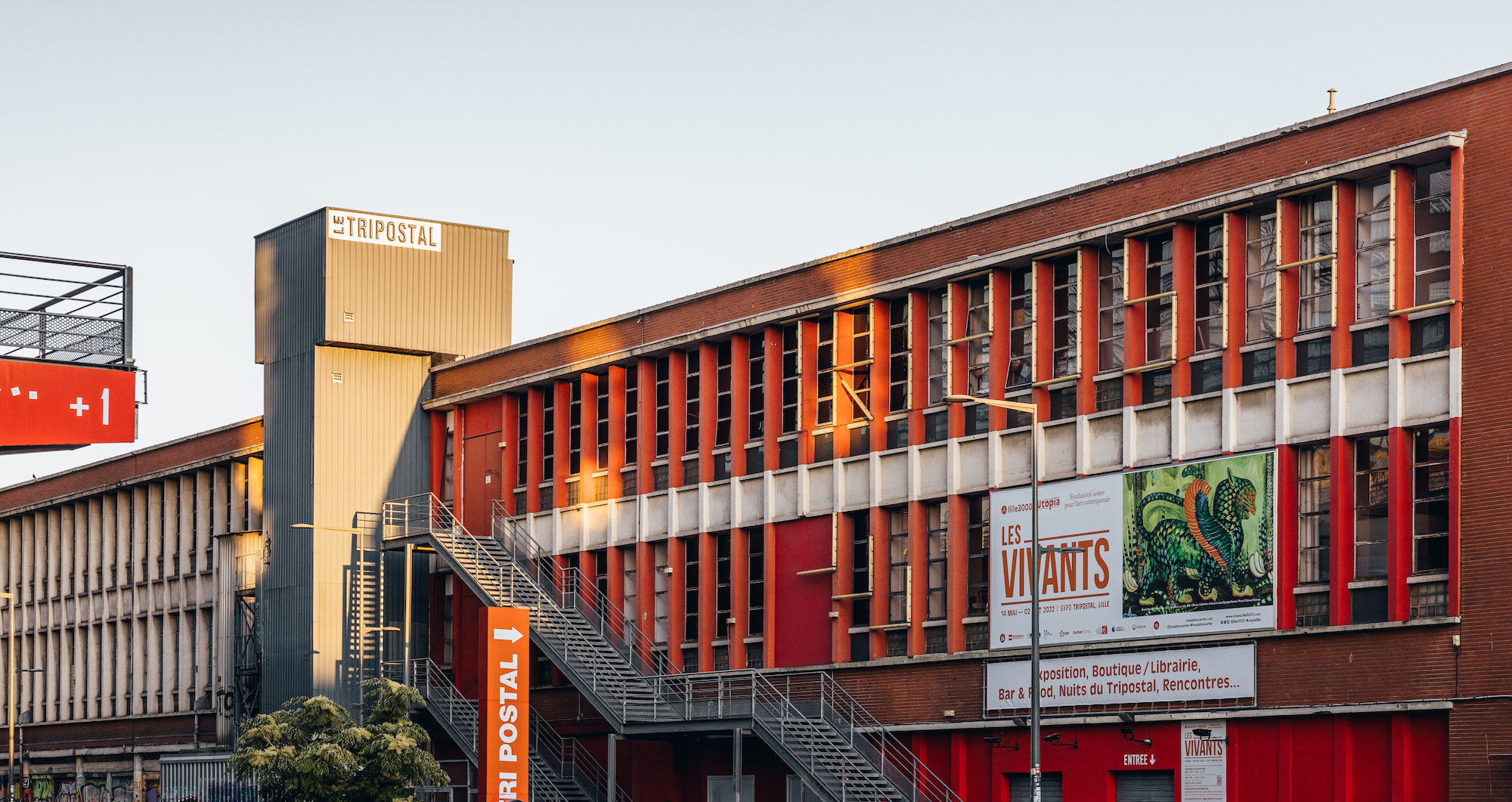
Palais des Beaux-Arts – masterpieces with unexpected additions
A splendid late 19th-century building, this is France’s second largest fine art museum. Commissioned under Napoleon I and nicknamed the “Louvre of Lille”, the Palais des Beaux Arts holds a remarkable collection of Flemish, Dutch, Medieval and Renaissance masterworks, with many antiquities and heritage items confiscated from European churches and royal palaces by Napoleon himself. You’ll find works by the giants of art history – Raphael, Rubens, Van Duke, Delacroix and Rembrandt to name a few. The 20th-century collection includes a number of Rodin sculptures and a generous helping of post-Impressionist works by the likes of Bonnard, Monet, Van Gogh and Seurat all displayed in a wonderfully upbeat lilac-painted room.
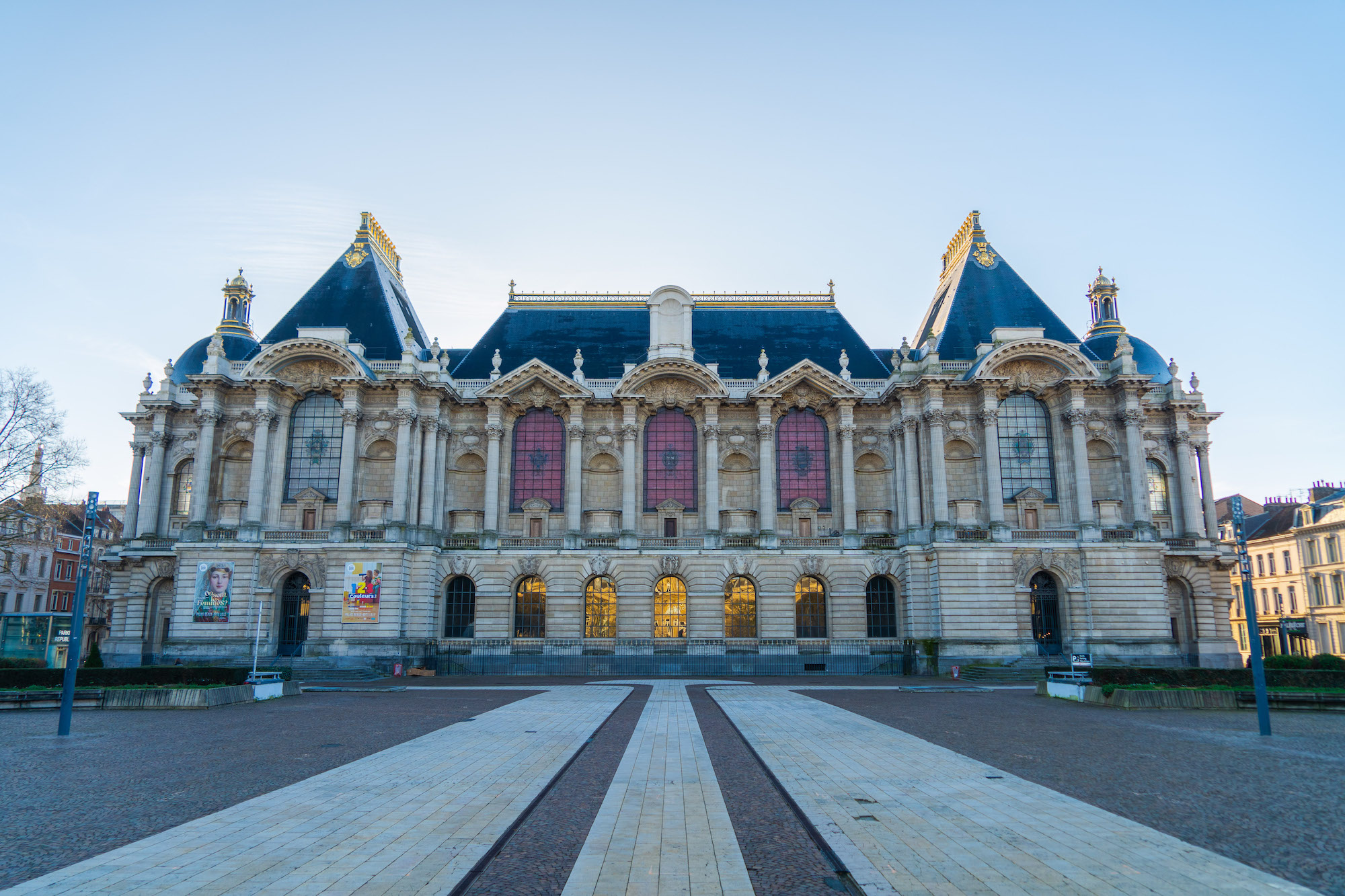
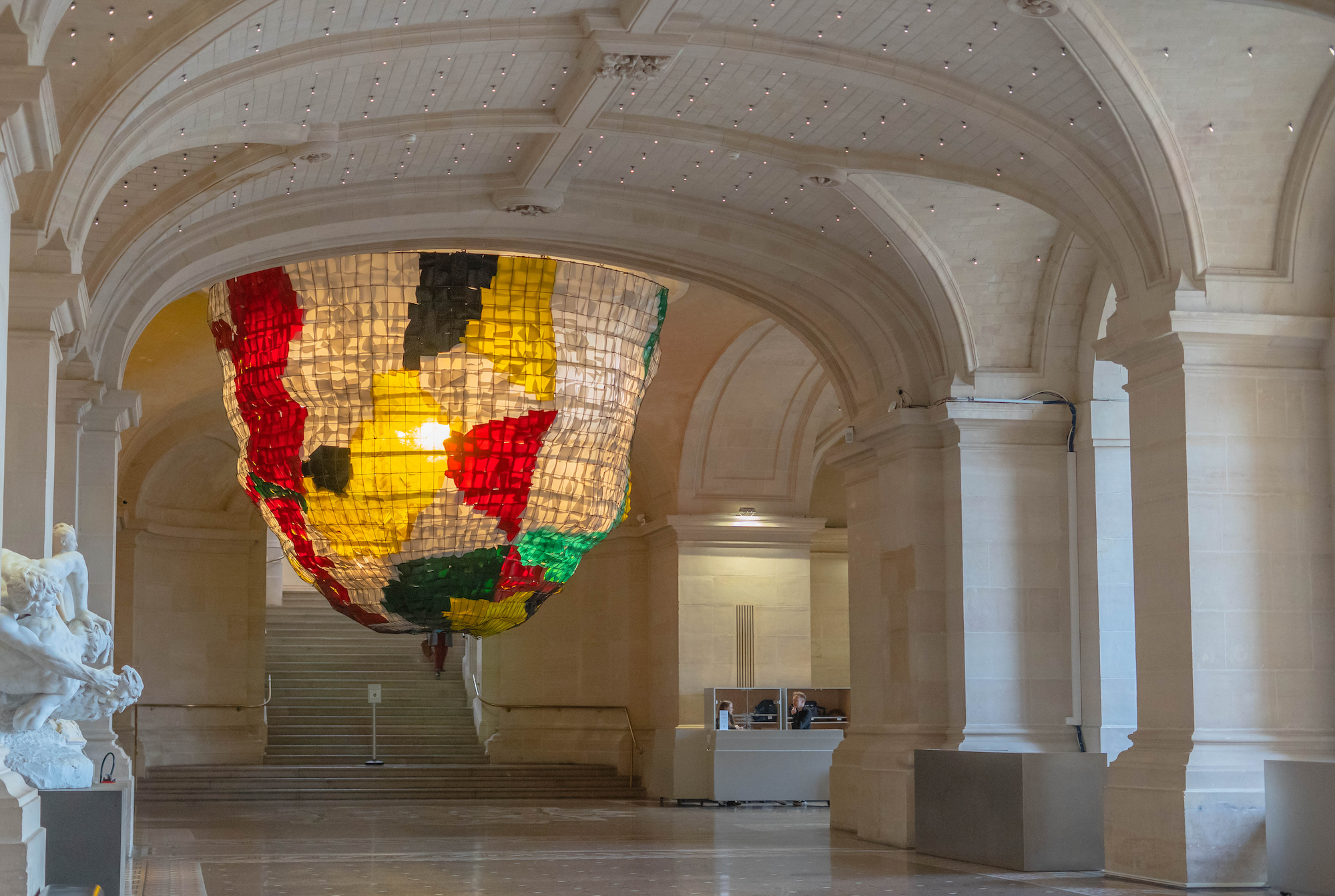
A grand museum, art has plenty of space to breathe here and it never feels overcrowded like its Parisian counterpart. It’s worth going just to see the two giant glass chandeliers in the entrance hall designed and made by Italian modernist artist and designer Gaetano Pesce. Installed in 1997, each is assembled from 6,000 multicoloured glass tiles contained within a wire frame. They look like glowing upside-down rock formations, otherworldly and particularly stunning on a winter’s afternoon when the gallery naturally dims.
Lille Cathedral – Neo-Gothic meets 90s minimalism
A fusionist building that blends old and new architectural styles, Lille’s cathedral is a labour of love. Its main Neo-Gothic silhouette was erected in the mid-19th century but, due to lack of funds, wasn’t completed until a century later, remaining without a proper facade until 1999. It was worth the wait, since this unusual exterior is arguably the best feature of the building.
Designed by French architect Pierre-Louis Carlier and renowned Irish structural engineer, Peter Rice (known for his work on The Pompidou Centre in Paris, Lloyds Building in London and the Sydney Opera House), the marble facade is austere 90s functionalism at its best. But there’s more to the stonework than meets the eye: subtly translucent, the marble allows natural light to pass through it, bathing the nave in a warm, amber glow and illuminating an abstract rose window by Polish-French artist Ladislas Kinjo, described by Picasso as a “powerful artist”.
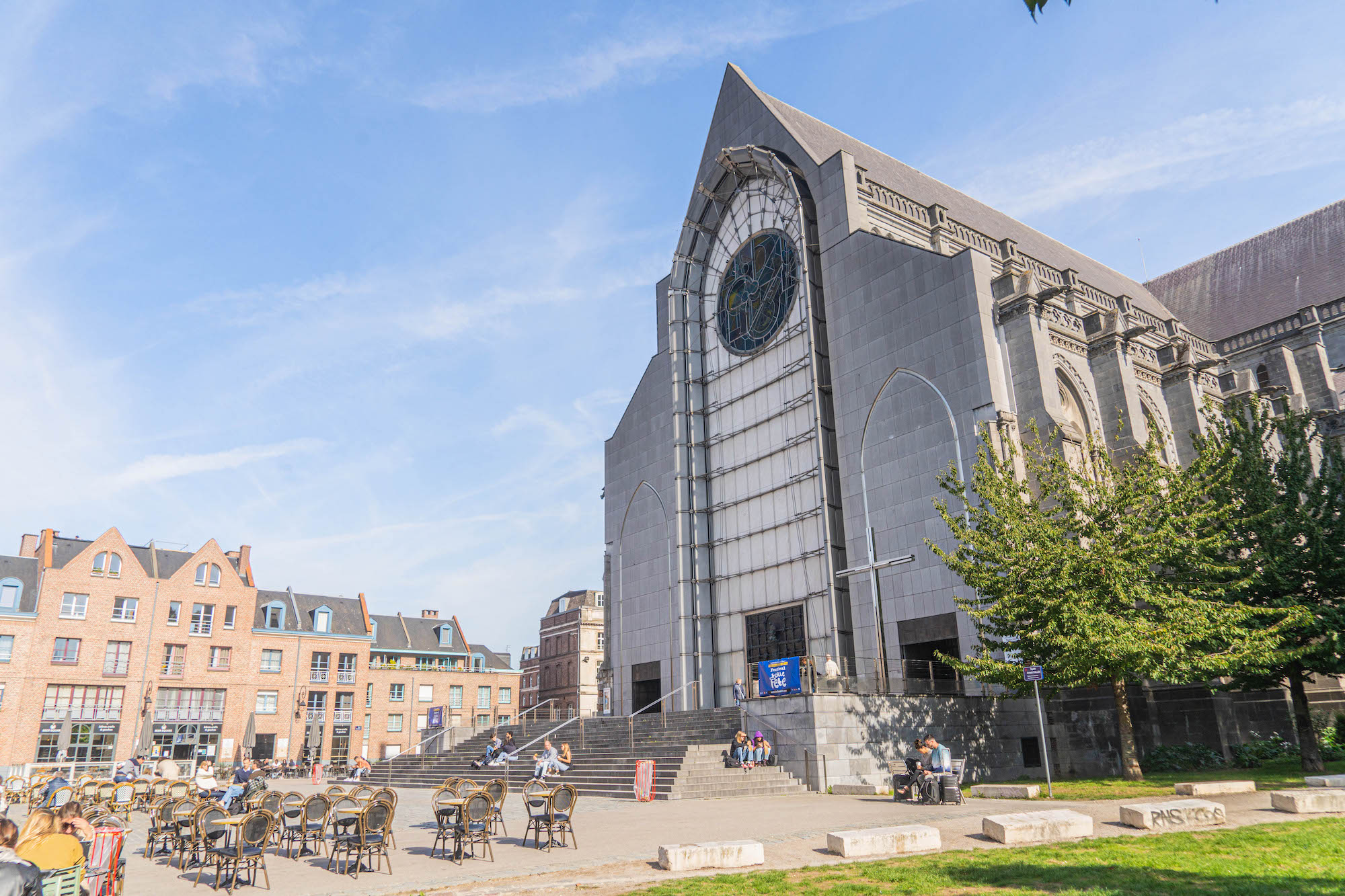
Villa Cavrois – a retro modernist mansion
Located on the outskirts of Roubaix, a 20-minute drive from the centre of Lille, Villa Cavrois is a dream location for lovers of Art Deco and early modernism. Chateau-like in scale, the yellow Tetris-shaped building was completed in 1932 and designed inside and out by French architect Robert Mallet-Stevens for prominent textile industrialist Paul Cavrois as his family home. Inspired by the aesthetics and pragmatism of Le Corbusier, it was, and still is, a revolutionary statement in residential living, particularly as it is set in open, rural surroundings.
Mallet-Stevens divided the home into zones, and made it ergonomic and ultra sleek. Phrases like “retro futurism”, “high glamour” and “streamlined minimalism” all apply here, but what’s most astounding is Mallet-Stevens’ eye for detail. For example, a super chic telephone room is a soundproof snug with bespoke red leather banquettes that curve around walnut-clad walls, endowing this space with the look of a Bond villain’s secret lair. It’s wonderfully indulgent yet simple in its composition.
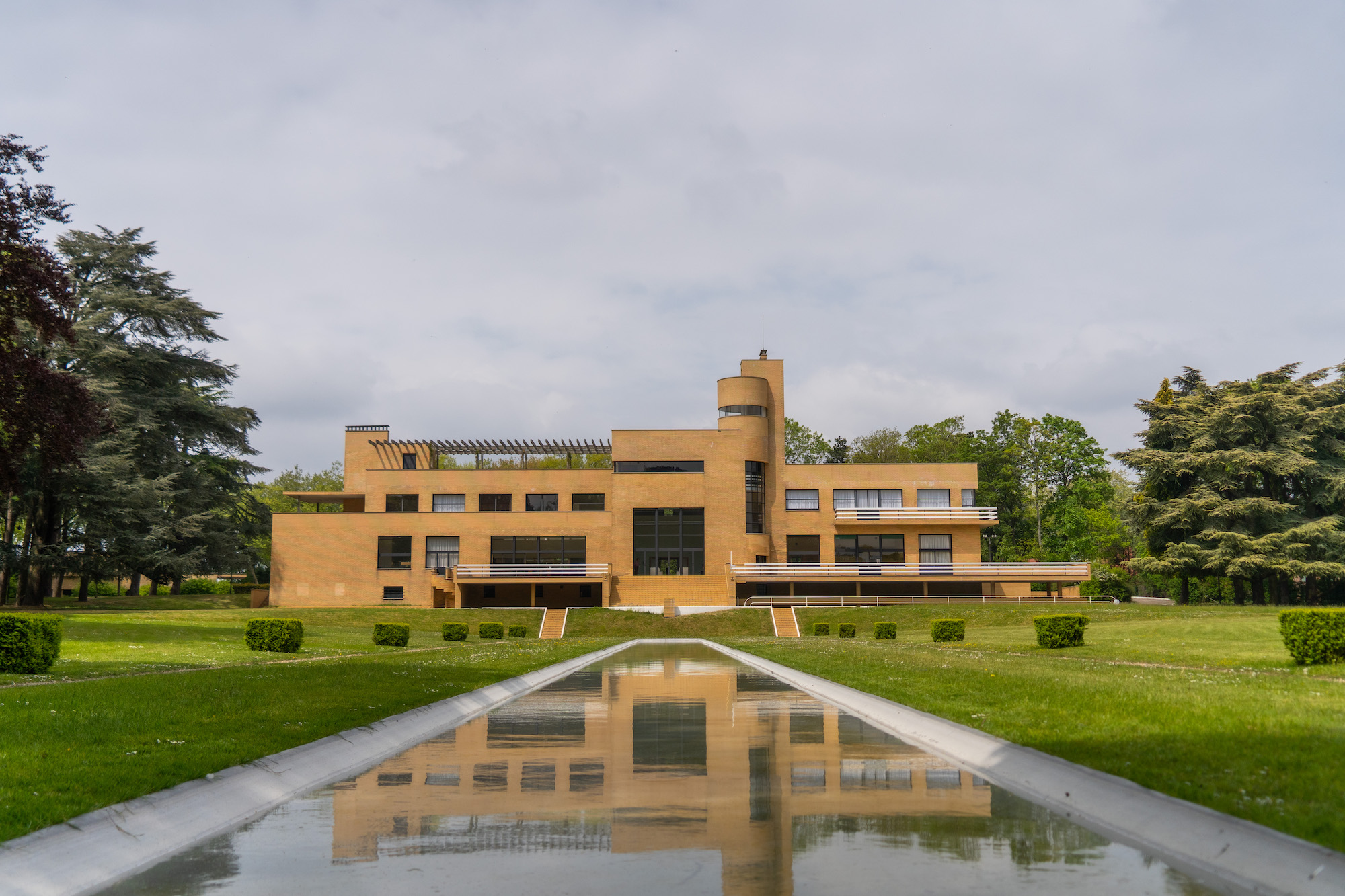
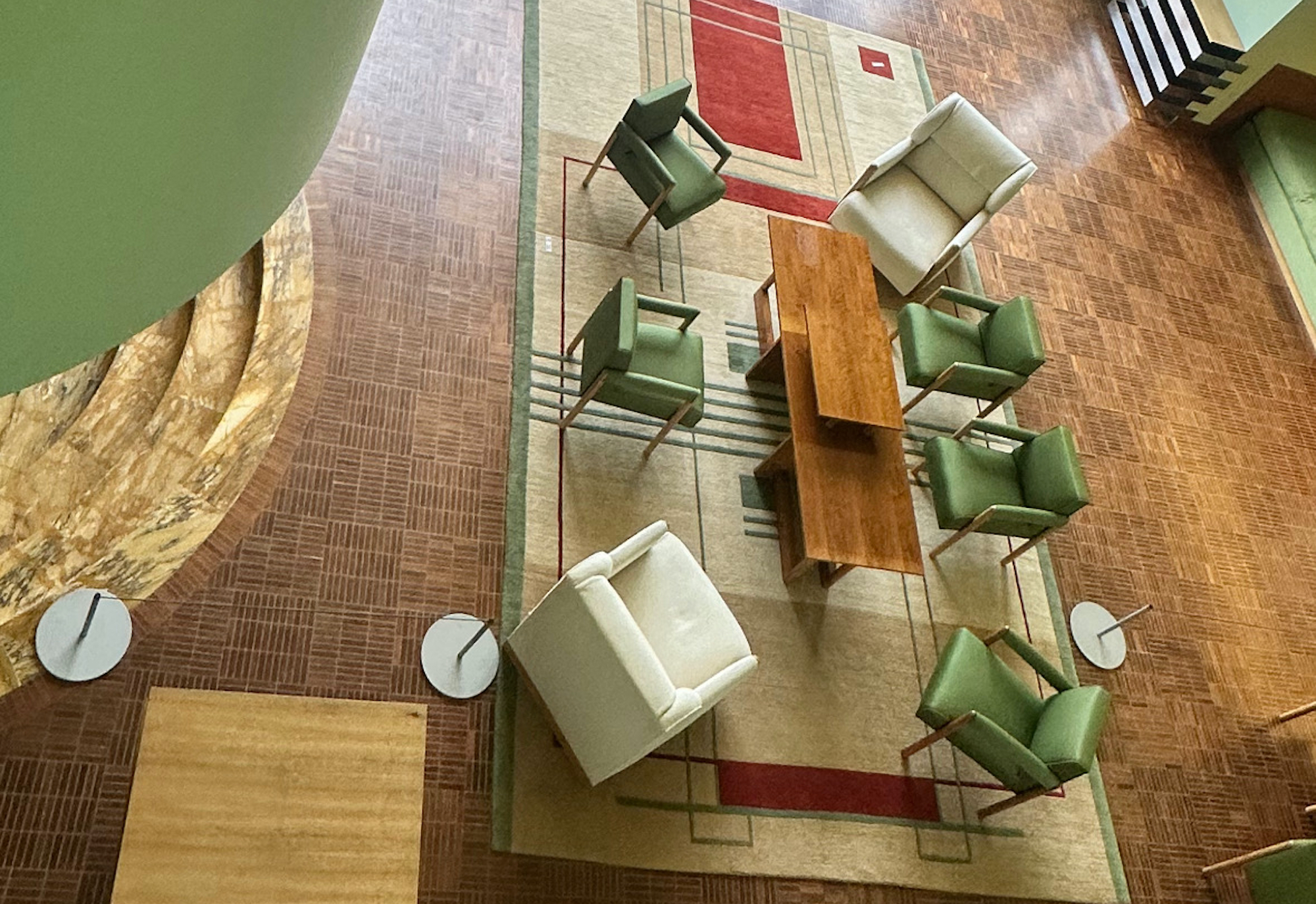
La Piscine – dip in to a pool of local treasures
For another Art Deco fix, this Roubaix museum is a quirky treat. Once a municipal swimming pool built in the late 1920s, La Piscine now serves as an art gallery that celebrates 19th and 20th-century talent, and especially local artists. Curation is not its strong point: Sevres porcelain, ornate sculptures, folklorish paintings and Flemish earthenware are dotted around the place, in a rather scattered manner, along with a few treasures by greats like Rodin, Giacometti and Mondrian. But once you overlook the lack of order, the charm of this unconventional museum shines through. The best bit is the pool itself: still in its original form, though now more a water feature, it is illuminated by a fan-shaped rising sun stained glass window, and surrounded by a variety of life-size marble statues serving as majestic poolside spectators.
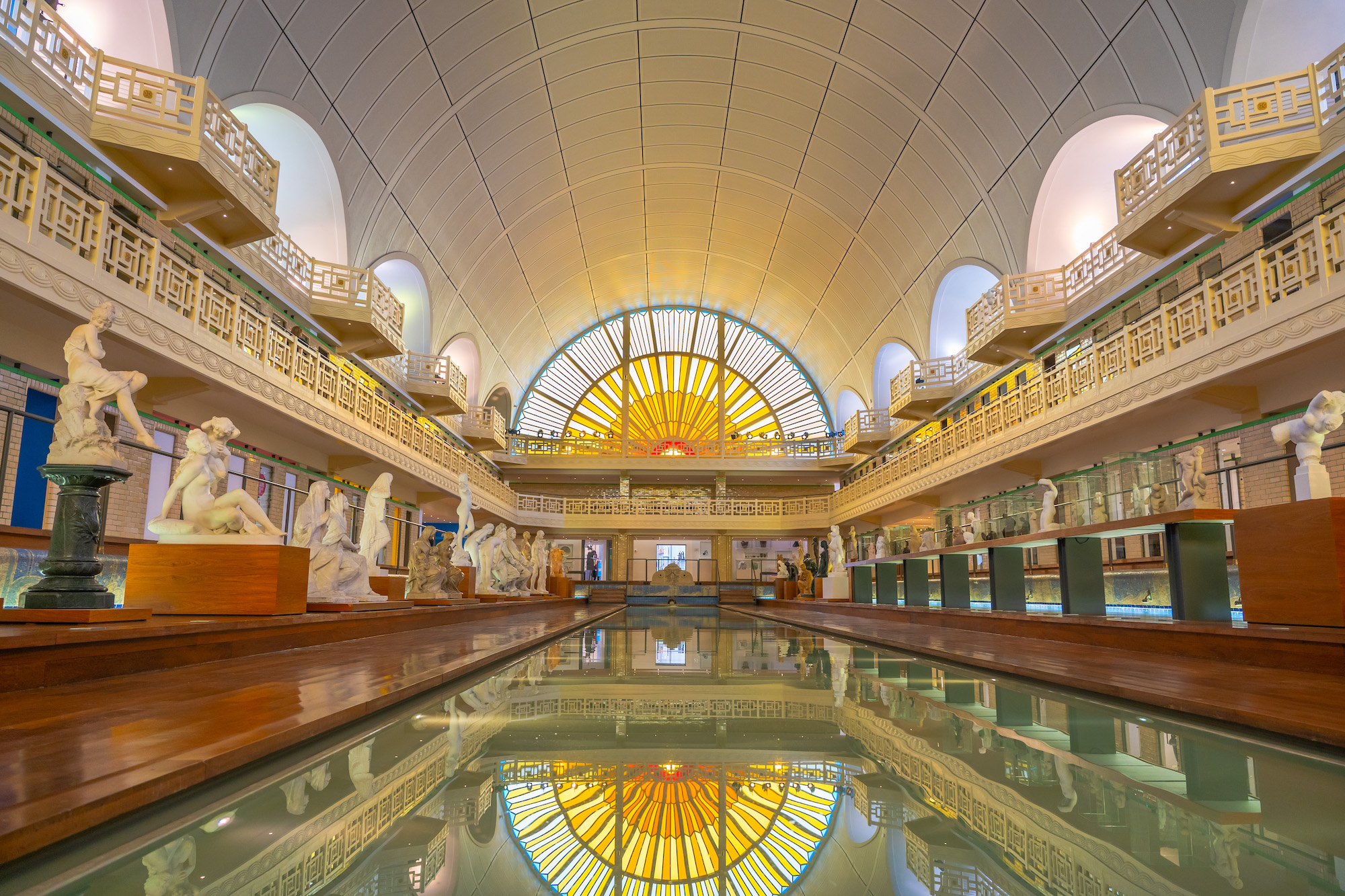
Around Vieux Lille
Place du Général-de-Gaulle, the city’s main square, is the perfect place to take in a mixed bag of architectural styles, counting Neo-Gothic, Neoclassical, Art Nouveau and Art Deco facades. Winding through the streets, these are matched by the more robust and austere look of 17th-century Flemish red-brick townhouses.
Indeed, it’s fair to say that art is everywhere in Vieux Lille. Don’t be too shy to pop into the Louis Vuitton store; the staff are more than happy to talk you through the decor which is simply stunning. Built in the mid-1920s as a seafood restaurant and oyster bar, the luxury brand has restored many of the building’s original features. These include the boutique’s grand facade with supersized iron-framed windows, indigo-tiled arches and columns and all the marine-themed stained glass windows and mosaics resplendent with seagulls, shells, cuttlefish, crabs and lobsters.
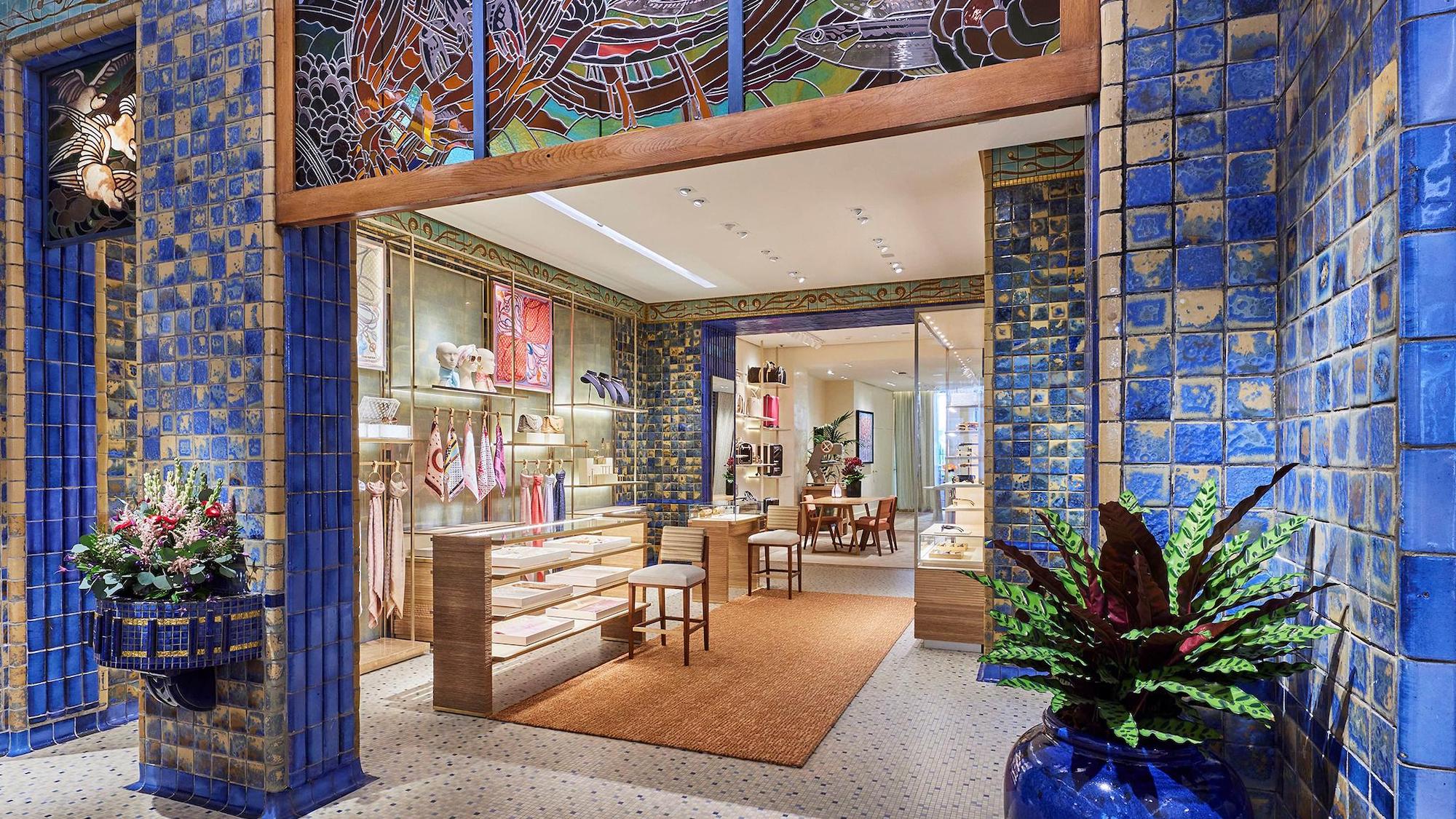
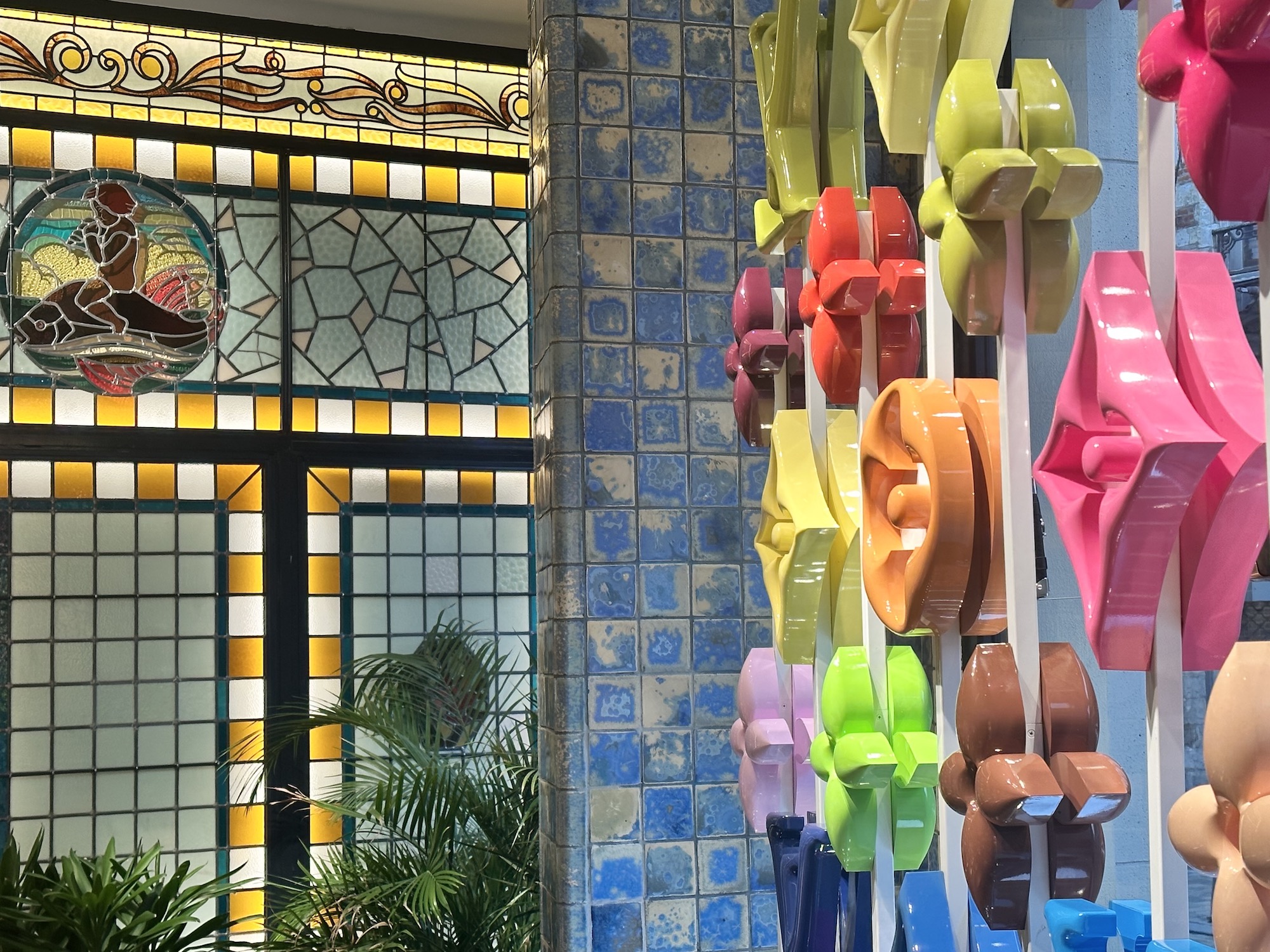
Parisians may have Ladurée, but Lillois have Méert, a pastry and candy shop so lavish, it’s almost enough to distract you from the house’s famous vanilla gaufres. The decor, a no-holds-barred blend of Louis XVI and Belle Epoque details, is the handiwork of French architect, Louis-Marie Cordonnier, who also conceived Lille’s Neoclassical Grand Théâtre and Chamber of Commerce.
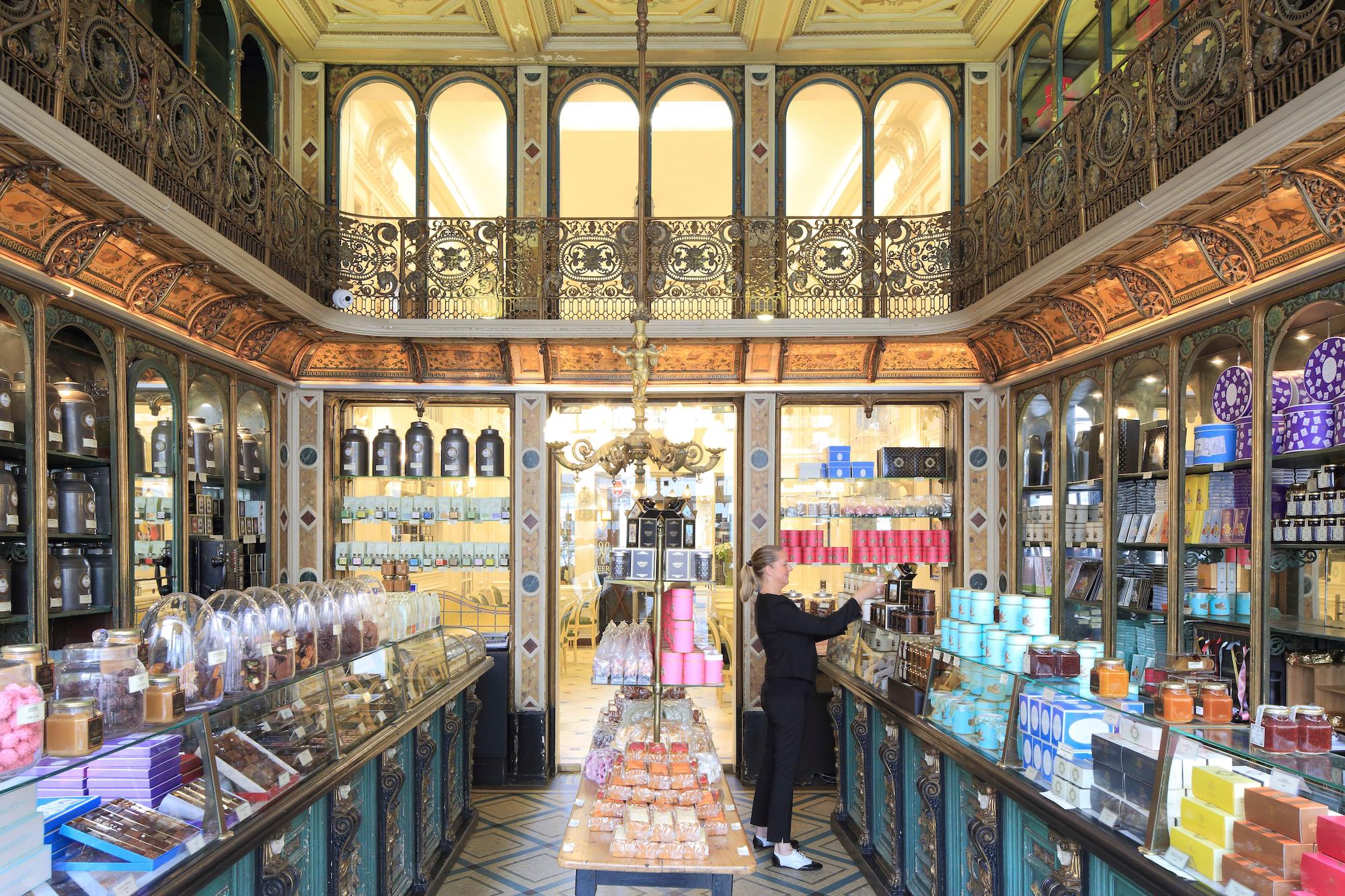
Lille3000 – a Fiesta take-over
The seventh edition of this cultural extravaganza runs from 26 April to 9 November 2025, and spreads across the city, stretching to all 95 municipalities. The Lille3000 Fiesta theme has been a great excuse for the organisers to plan big with parties, banquets, parades and funfairs, plus approximately 50 exhibitions centred on the colourful idea. The go-to for Brits will no doubt be the afore mentioned Tripostal “Pom Pom Pidou” exhibition, along with the show at the Palais des Beaux-Arts, which will display over a hundred rare 16th and 17th-century works by the likes of Brueghel, Rubens and Jordaens, with the spotlight fixed on the age-old Flemish tradition of a fun and festive shindig.
On the 20 and 21 of September, the National Orchestra of Lille will perform “Parade” by Erik Satie at the opera house in front of Picasso’s monumental 1917 stage curtain made for the ballet. And look out for Pilar Albarracin’s exhibition – the multidisciplinary Spanish artist will present a series of thought-provoking works at Maison Folies Moulin just beyond the old town for the duration of Fiesta. One installation features hundreds of flamenco dresses suspended from the ceiling, forming a frothy cloud of colour above. One not to miss.
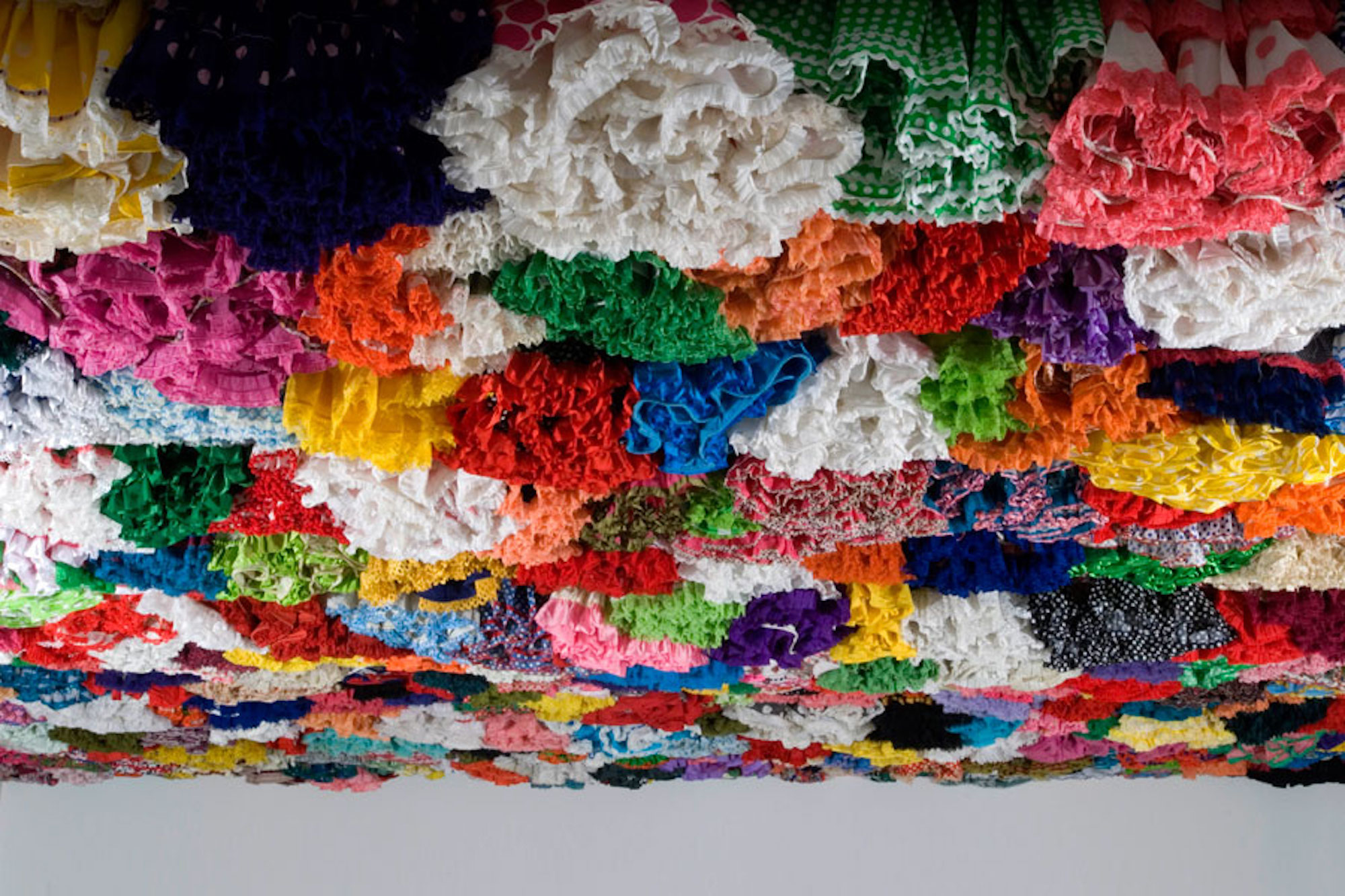
Where to stay
Housed in an early 18th-century townhouse previously owned by a French countess, the Clarance has given regal sophistication a cool modern twist. It’s a light and airy hotel, part of the prestigious Relais & Châteaux group, tastefully decorated with a smattering of abstract canvases and statement glass chandeliers, including a cascading design that runs like a long stream of tiny droplets from the ceiling to the ground floor as a centrepiece for the main staircase.
The rooms and suites – 27 in total – have generously high ceilings with dainty stuccowork and jewelled light fixtures. There’s no unnecessary faff here: apart from a few stylish furniture pieces and the odd merino throw, the style is refined and minimalist with the visual focus centred on high-set king-size beds dressed in luxurious white linens. Spacious bathrooms of steel and pale marble complete this reductive yet homely boutique hotel look.
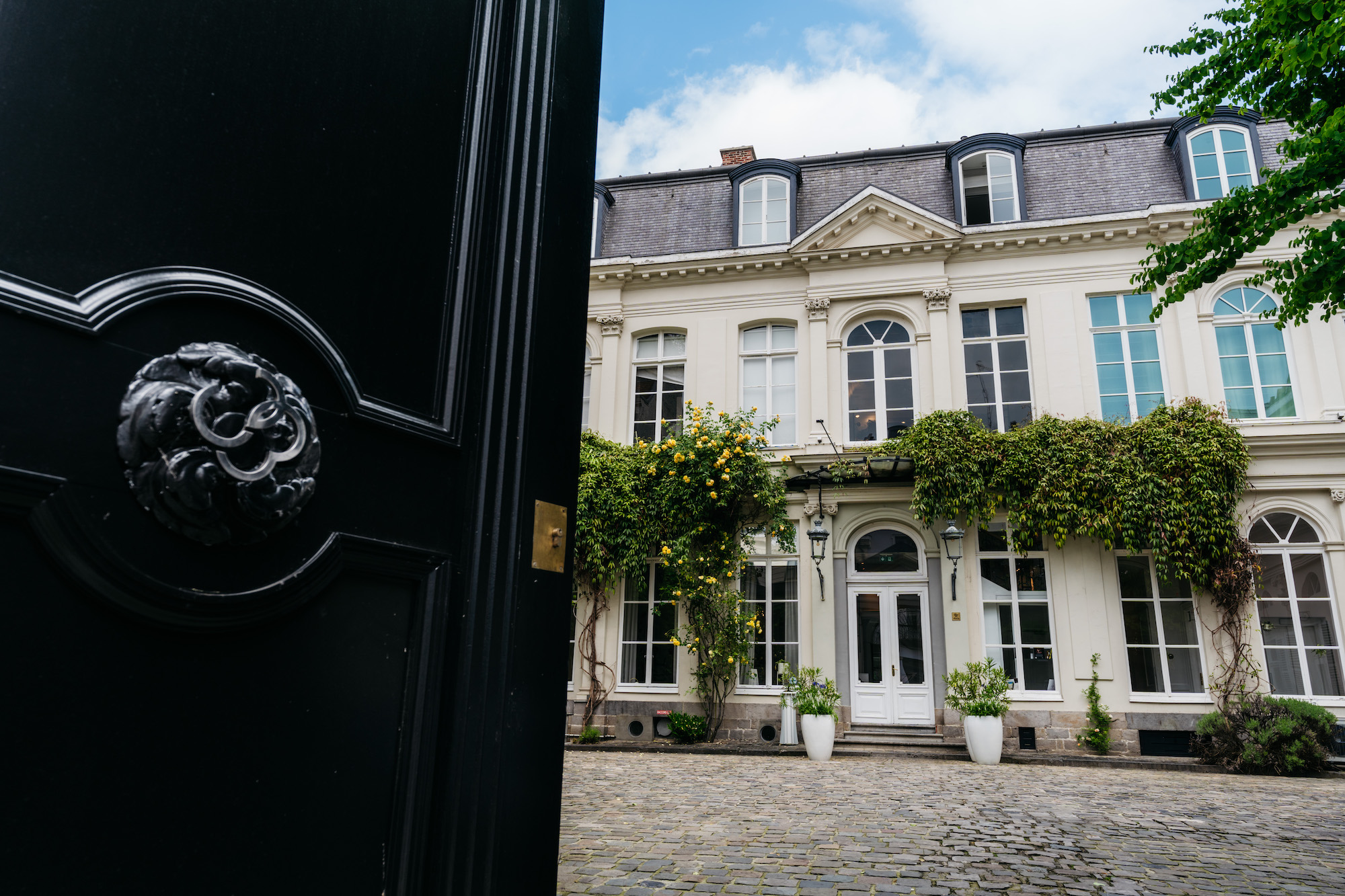
A big draw for the hotel is its Michelin-star restaurant La Table, located in the main dining room, an opulent wood-panelled area with original frescoes depicting hunting scenes. Here, young head chef Alexandre Miquel has a talent for using regional produce in a light, fresh and unexpected way with a choice of two tasting menus. His eponymous Raviolis D’Alexandre are particularly delicious, filled with red Flemish-style cabbage with a dash of fiery ‘nduja emulsion. A former chocolatier, he is a magician with desserts.
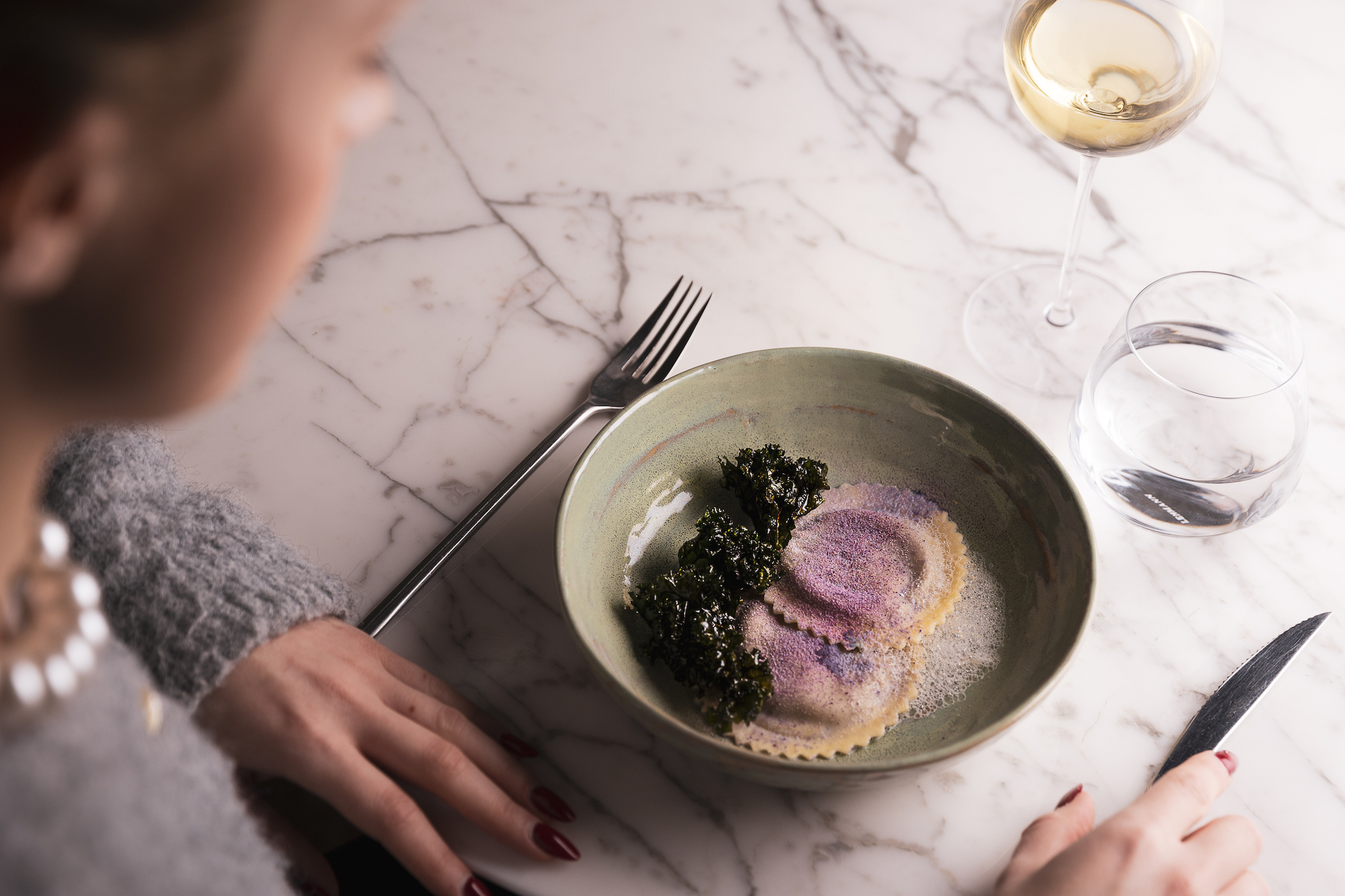
Alexandra was a guest at Clarance Hotel where standard double rooms start at around 200 euros per night